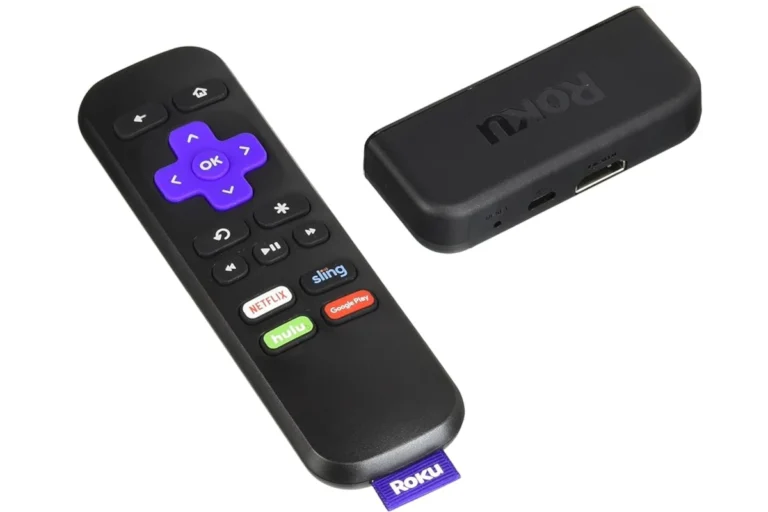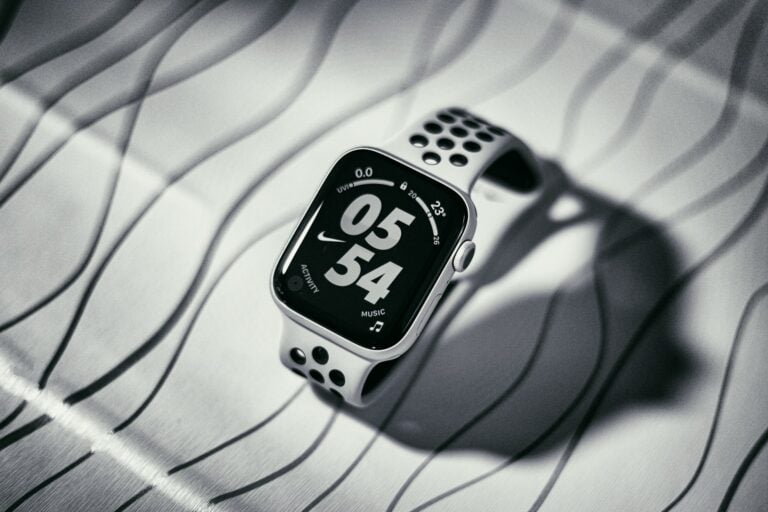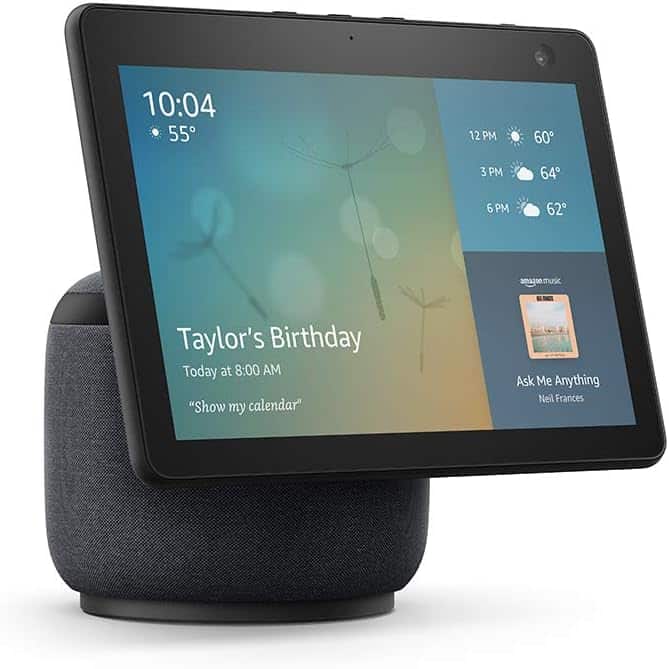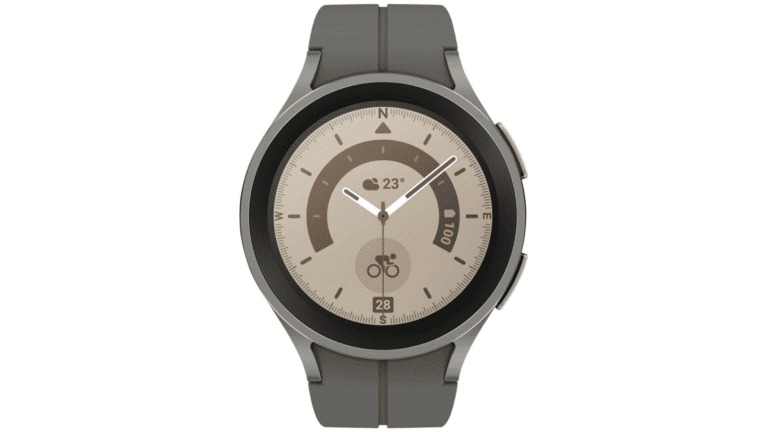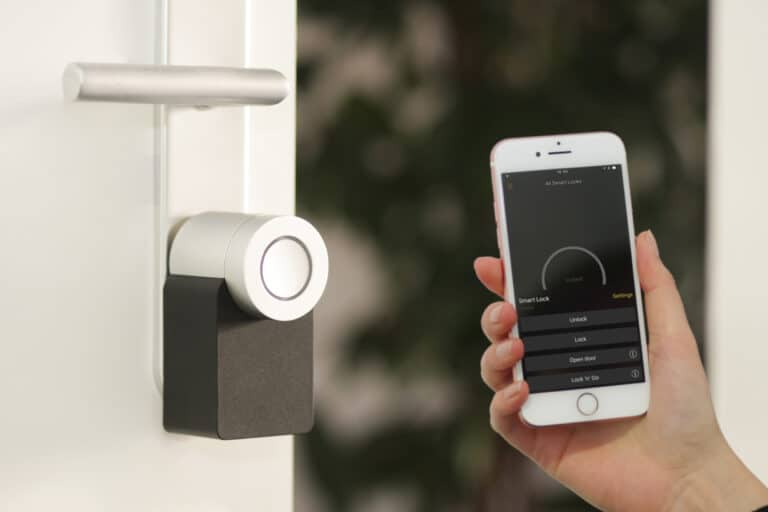Flipper Zero has gained attention as a compact multi-tool for hacking, security testing, and exploring wireless signals. It packs NFC, RFID, infrared, and sub-GHz capabilities into one device, making it useful for hobbyists and professionals alike. Those looking for a Flipper Zero alternative can find tools that offer broader features, stronger performance, or lower cost depending on their needs.
Some alternatives specialize in radio frequency analysis, while others focus on network penetration testing or hardware debugging. Devices like HackRF One, WiFi Pineapple, and Pwnagotchi give security researchers and penetration testers options that go beyond what Flipper Zero alone can handle. Each tool has trade-offs in portability, complexity, and price, which makes choosing the right option an important step.
By comparing these tools, anyone working with hacking devices or digital security can identify which option best supports their projects. Whether the goal is testing wireless networks, analyzing signals, or experimenting with hardware, there are several alternatives worth considering.
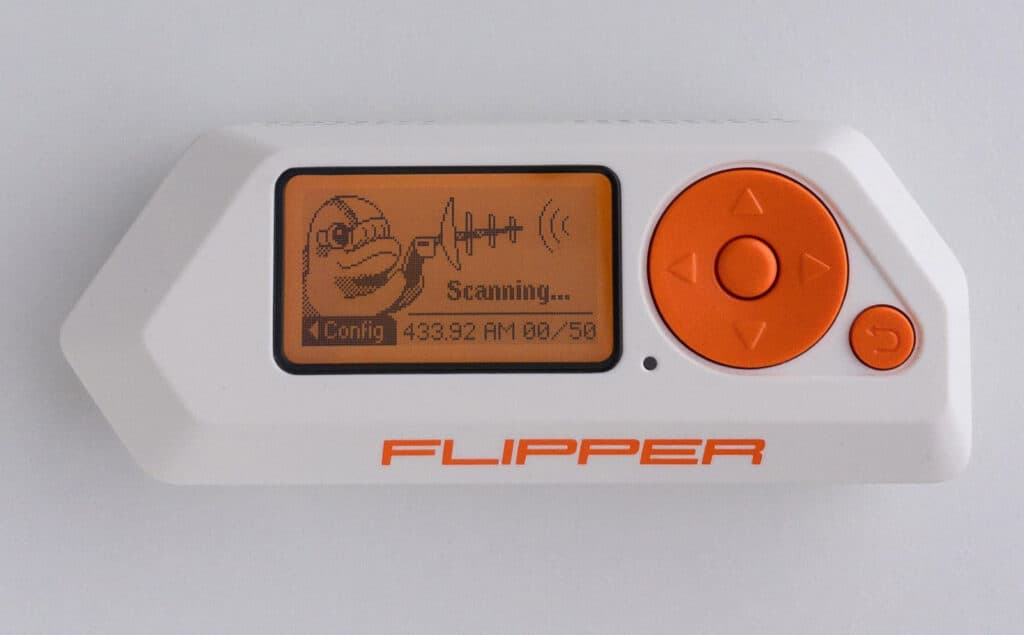
Flipper Zero Alternatives
The Flipper Zero is a popular multi‑tool for security researchers, penetration testers, and hardware enthusiasts. It can interact with RFID, NFC, sub‑GHz radios, infrared, and GPIO pins, making it a versatile device. But if you can’t get one or want different features, there are several alternatives.
🔑 Why Look for Alternatives?
- Availability issues (Flipper Zero often sells out).
- Legal restrictions in some regions.
- Need for advanced or specialized features (e.g., Wi‑Fi, Bluetooth, SDR).
- Budget considerations — some alternatives are cheaper.
🏆 Best Flipper Zero Alternatives (2025)
1. HackRF One
- Type: Software‑defined radio (SDR).
- Features: Wideband SDR (1 MHz – 6 GHz), transmit & receive.
- Use cases: Wireless research, replay attacks, signal analysis.
- Why choose it? Much more powerful than Flipper Zero for radio frequency work.
- Downside: Requires a computer and SDR software, less portable.
2. Proxmark3 RDV4
- Type: RFID/NFC research tool.
- Features: Reads, emulates, and clones RFID/NFC cards.
- Use cases: Access control testing, card security research.
- Why choose it? Industry standard for RFID testing.
- Downside: Focused only on RFID/NFC, not a multi‑tool.
3. Yard Stick One
- Type: Sub‑GHz transceiver.
- Features: Works with 300–928 MHz signals, transmit & receive.
- Use cases: Garage door remotes, IoT devices, wireless sensor testing.
- Why choose it? Great for sub‑GHz protocol exploration.
- Downside: No NFC, IR, or GPIO support.
4. ChameleonUltra
- Type: Advanced RFID/NFC tool.
- Features: Emulates multiple card types, supports HID, iClass, MIFARE.
- Use cases: Security testing for NFC systems.
- Why choose it? Portable, powerful RFID card emulator.
- Downside: Limited to RFID/NFC tasks.
5. PandwaRF Rogue
- Type: Portable RF analysis tool.
- Features: Sub‑GHz receiver, brute‑force and replay attacks.
- Use cases: Wireless security testing on the go.
- Why choose it? Smartphone‑controlled, portable.
- Downside: Expensive compared to Flipper Zero.
6. HackBat (2025 Newcomer)
- Type: Modular hacking multi‑tool.
- Features: Built on a Raspberry Pi microcontroller, supports add‑on modules.
- Use cases: General pentesting, customizable hardware experiments.
- Why choose it? Flexible and expandable — like a DIY Flipper Zero.
- Downside: Still new, smaller community.
(Source: 9meters)
7. ESP32-based Tools (DIY)
- Type: Open‑source microcontroller projects.
- Features: Wi‑Fi, Bluetooth, some RF capabilities.
- Use cases: Custom wireless penetration testing.
- Why choose it? Cheap, highly customizable.
- Downside: Requires technical skills to set up.
⚖️ Comparison: Flipper Zero vs Alternatives
| Tool | Strengths | Weaknesses |
|---|---|---|
| Flipper Zero | All‑in‑one, portable, user‑friendly | Limited RF range |
| HackRF One | Powerful SDR, wide frequency range | Needs PC, not portable |
| Proxmark3 | Best for RFID/NFC research | Narrow focus |
| Yard Stick One | Sub‑GHz wireless testing | No NFC/IR |
| ChameleonUltra | NFC/RFID emulation | Single‑purpose |
| PandwaRF | Portable RF brute‑forcing | Expensive |
| HackBat | Modular, customizable | New, less support |
| ESP32 DIY | Cheap, flexible | Requires coding knowledge |
📝 Bottom Line
- If you want all‑in‑one convenience → Stick with Flipper Zero.
- If you need serious RF research → HackRF One is best.
- If you’re into RFID/NFC hacking → Proxmark3 or ChameleonUltra.
- If you want DIY flexibility → ESP32 projects or HackBat.
Key Takeaways
- Flipper Zero alternatives offer different strengths for hacking and security testing
- Each option balances portability, features, and complexity in unique ways
- Choosing the right tool depends on the specific tasks and goals
Frequently Asked Questions
Different tools and platforms can replace or complement the Flipper Zero, depending on cost, software needs, device compatibility, and availability. Some options focus on radio frequency, others on RFID, Bluetooth, or network testing, while community-driven projects and firmware alternatives expand flexibility.
What are the most cost-effective alternatives to Flipper Zero?
Ubertooth One and ChameleonMini often cost between $100 and $200, making them cheaper than many advanced devices. WHID Cactus is another low-cost option for USB-based attacks. For those with technical skills, Arduino or Raspberry Pi boards can be set up as budget-friendly DIY alternatives.
Are there any free software solutions similar to Flipper Zero?
Yes. Open-source tools like GNU Radio, Wireshark, and RFcat provide some of the same analysis and testing functions. These require compatible hardware to run but offer no-cost entry points for experimentation.
Which devices are comparable to Flipper Zero for Android users?
Some Flipper-like clones and DIY builds support Android apps through Bluetooth or Wi-Fi. Devices such as Proxmark3 and HackRF One can also connect to Android phones when paired with the right software, though setup may require more effort.
What are the latest Flipper Zero competitors available in 2025?
The HackBat, built on Raspberry Pi, offers modular customization. The M1 Device, launched through crowdfunding in 2025, includes an STM32H5 chip, built-in Wi-Fi, and long battery life. Pwnagotchi remains popular for AI-driven Wi-Fi testing.
Where can I find Flipper Zero-like devices for sale?
Most alternatives are available through online shops like Hacker Warehouse, Amazon, and official vendor sites. Community forums and security-focused marketplaces also list both new and secondhand devices.
Is there alternative firmware that can be used with Flipper Zero clones?
Yes. Community-developed firmware projects exist for both original Flipper Zero units and compatible clones. These firmware builds often unlock extra features or modify the interface, but users should confirm hardware compatibility before installing.


